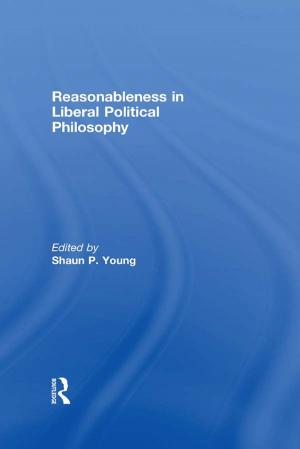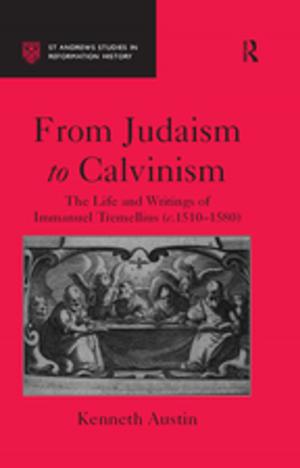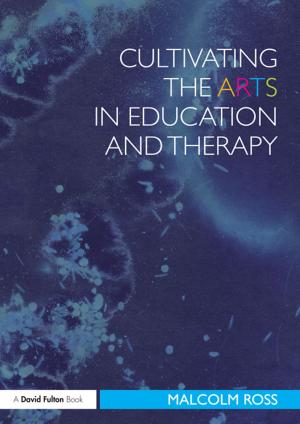Algernon Swinburne and Walter Pater
Victorian Aestheticism, Doubt and Secularisation
Nonfiction, Reference & Language, Foreign Languages, Language Arts| Author: | SarahGlendon Lyons | ISBN: | 9781351577052 |
| Publisher: | Taylor and Francis | Publication: | July 5, 2017 |
| Imprint: | Routledge | Language: | English |
| Author: | SarahGlendon Lyons |
| ISBN: | 9781351577052 |
| Publisher: | Taylor and Francis |
| Publication: | July 5, 2017 |
| Imprint: | Routledge |
| Language: | English |
How did literary aestheticism emerge in Victorian Britain, with its competing models of religious doubt and visions of secularisation? For Lyons, the aestheticism developed and progressively revised by Algernon Charles Swinburne (1837-1909) and Walter Pater (1839-1894) illuminates the contradictory impulses of modern secularism: on the one hand, a desire to cast itself as a form of neutrality or disinterestedness; on the other, a desire to affirm 'this world' as the place of human flourishing or even enchantment. The standard narrative of a 'crisis of faith' does not do justice to the fissured, uncertain quality of Victorian visions of secularisation. Precisely because it had the status of a confusing hypothesis rather than a self-evident reality, it provoked not only dread and melancholia, but also forms of fantasy. Within this context Lyons gives a fundamentally new account of the aims and nature of Victorian aestheticism, taking as a focus its deceptively simple claim that art is for art's sake first of all.
How did literary aestheticism emerge in Victorian Britain, with its competing models of religious doubt and visions of secularisation? For Lyons, the aestheticism developed and progressively revised by Algernon Charles Swinburne (1837-1909) and Walter Pater (1839-1894) illuminates the contradictory impulses of modern secularism: on the one hand, a desire to cast itself as a form of neutrality or disinterestedness; on the other, a desire to affirm 'this world' as the place of human flourishing or even enchantment. The standard narrative of a 'crisis of faith' does not do justice to the fissured, uncertain quality of Victorian visions of secularisation. Precisely because it had the status of a confusing hypothesis rather than a self-evident reality, it provoked not only dread and melancholia, but also forms of fantasy. Within this context Lyons gives a fundamentally new account of the aims and nature of Victorian aestheticism, taking as a focus its deceptively simple claim that art is for art's sake first of all.















